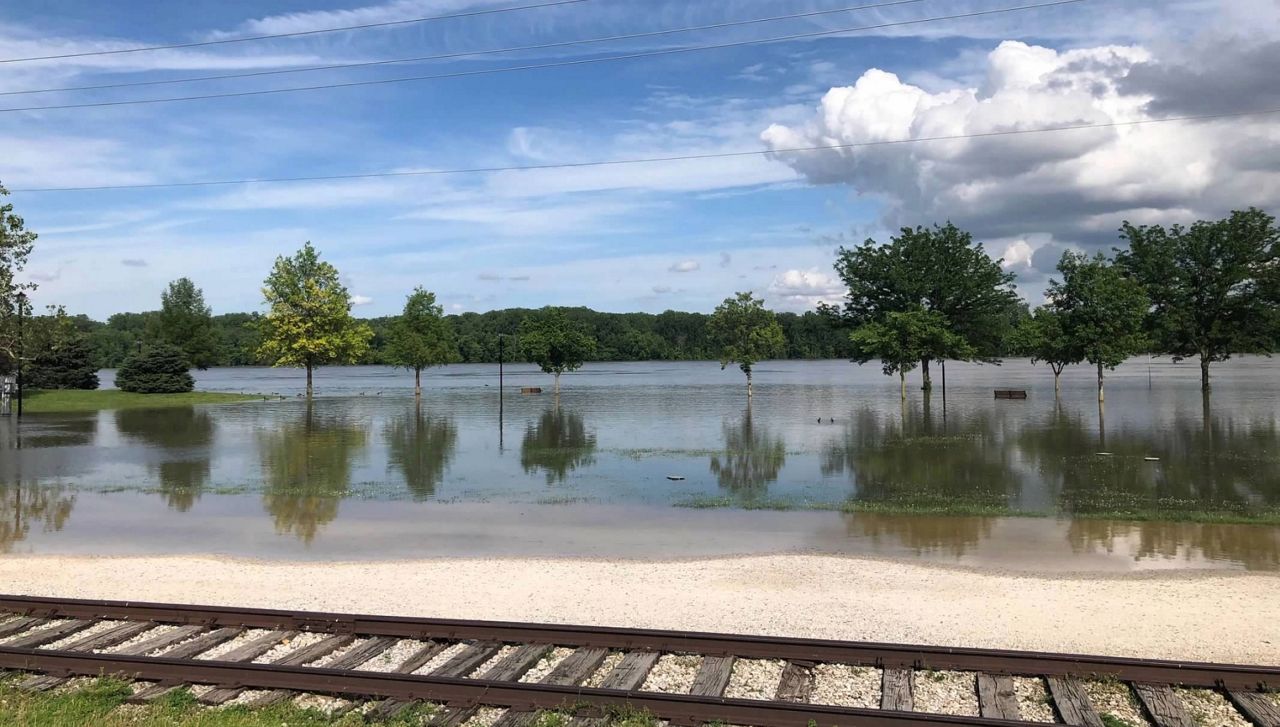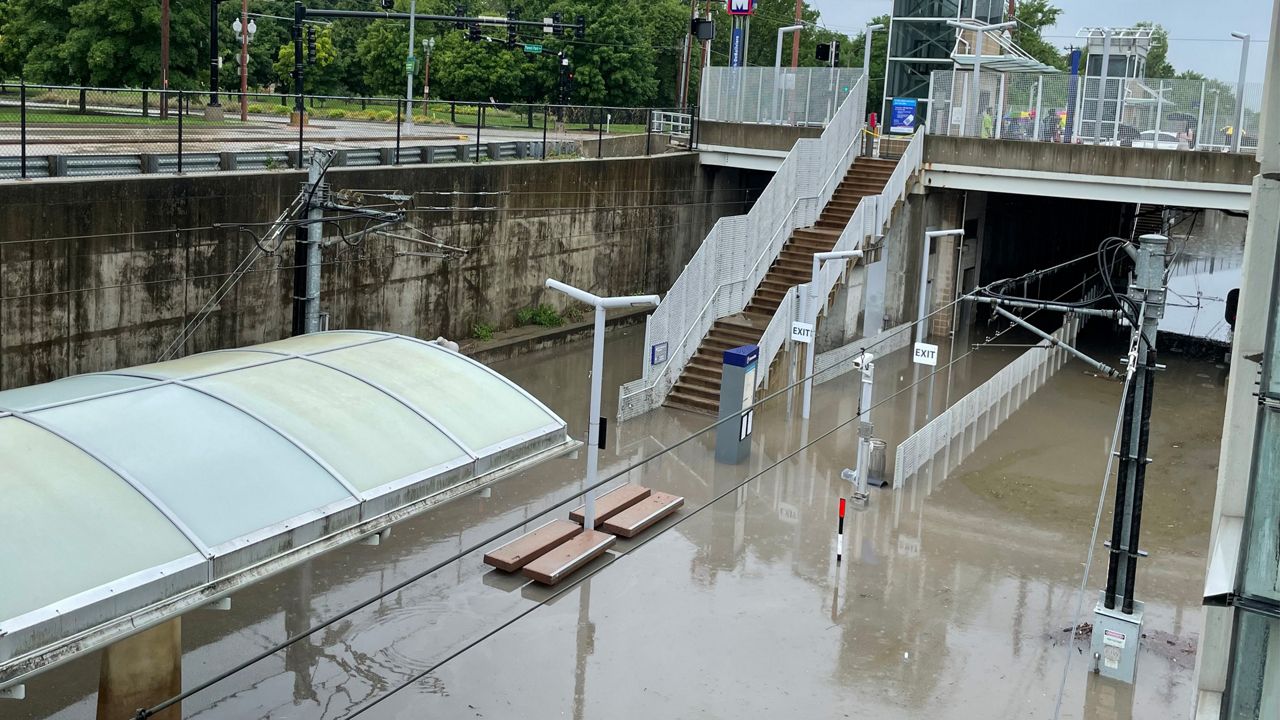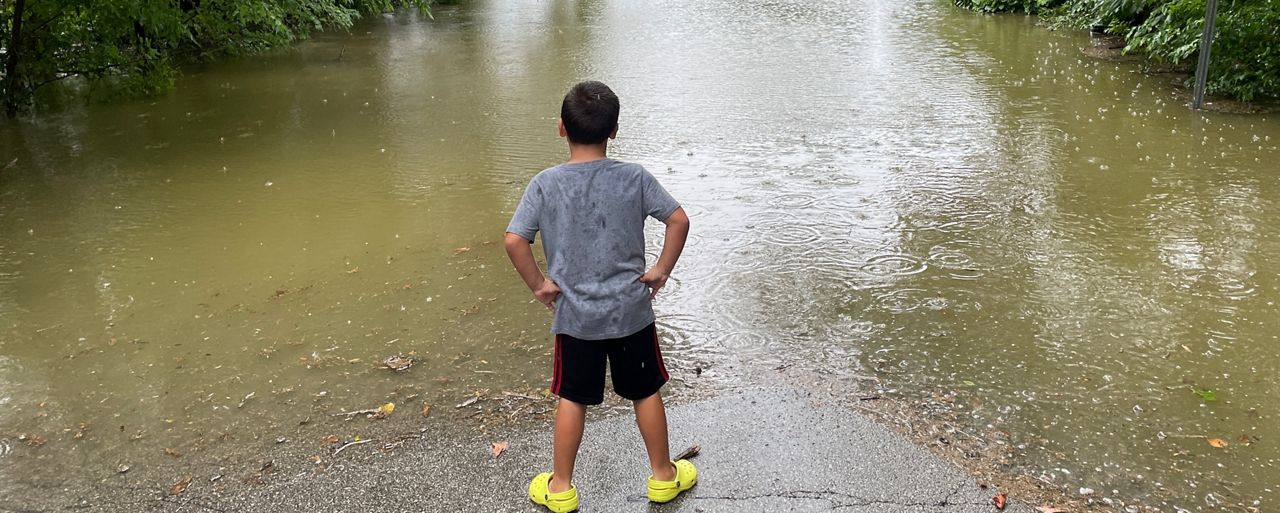Flooding is the leading cause of death in weather-related hazards. It kills more people than tornadoes and hurricanes.
When people in St. Louis mention the word flood, the year 1993 comes to mind. However, with major rivers located close by, we’ve endured big flooding events in other years, including 2019 and even as recently as 2022.
Not all flooding situations are the same and while some can be related to seasonal conditions and are properly planned for, others may happen with little warning, creating immediate dangerous situations.
A river flood occurs seasonally because of gradual increases in river and tributary levels. This could be due to increased rainfall over a season or even high snowmelt upstream.
According to the National Weather Service in St. Louis, “The Great Flood of 1993” is considered, still to this day, the most costly and devastating flood in the United States in modern history. From record river levels to the aerial extent, to property and crop damage and displaced people, this event remains the worst flood in modern times.
The setup for this was a wet fall and winter, where storms would produce high precipitation events. This pattern continued through late spring and summer, with some areas receiving over four feet of rain.
Both the Missouri and Mississippi Rivers were closed to navigation in early July 1993, resulting in a loss of commerce. By Aug. 1993, hundreds of agricultural levees along the rivers were overtopped and fields were flooded.
According to the National Centers for Environmental Information, the flooding along the Mississippi and Missouri Rivers in 2019 was a similar situation to 1993. It also began with an extremely wet fall season, followed by a cold and wet winter.
By March 2019, a “bomb cyclone” dropped inches of rain and melted much of the snowpack upstream in 24 hours. Heavy precipitation continued through the spring and summer.
This resulted in major flooding in Iowa, Nebraska and Missouri through the summer. Flooding along the Missouri River closed parts of historic St. Charles and flooding along the Mississippi even shut down areas near the St. Louis Gateway Arch grounds.

River flooding is a seasonal event that can be forecasted, and preparations can be made. Flash floods, however, occur when heavy rain falls in a short amount of time over the same location. Rain falling in saturated soils has nowhere to go and runs off.
This situation happened in July 2022. A stalled frontal boundary just south of St. Louis, combined with a weather disturbance riding along it, produced 9 to 12 inches of rain in approximately 12 hours. Such heavy rain continuously falling on saturated soils resulted in flooding on roads and highways in St. Charles and St. Louis counties, as well as in downtown St. Louis.

This 1-in-1000-year event led to evacuation from flooded homes and businesses and water rescues from vehicles caught at the high water levels.
St. Peters, Mo. was one of the worst areas hit by the 2022 flash flooding. Lisa Bedian, St. Peters City Communications Director, acknowledges that this was an unprecedented event. However, she says that a lot of the drains were clogged, leading to water-covered roadways in the city.
She adds residents need to be vigilant. “When you mow the lawn, do not blow yard clippings or debris into the street because those clippings end up in the drains, which can clog them.
The Centers for Disease Control and Prevention report that most of the flood-related drowning cases happen when someone drives into a flooded road. It only takes six inches of fast-moving flood water to knock a person off their feet and only 12 inches of water to carry away most vehicles.
If you find a flooded road, the National Weather Service says, “Turn Around Don’t Drown.” Find an alternative route.
Our team of meteorologists dives deep into the science of weather and breaks down timely weather data and information. To view more weather and climate stories, check out our weather blogs section.





